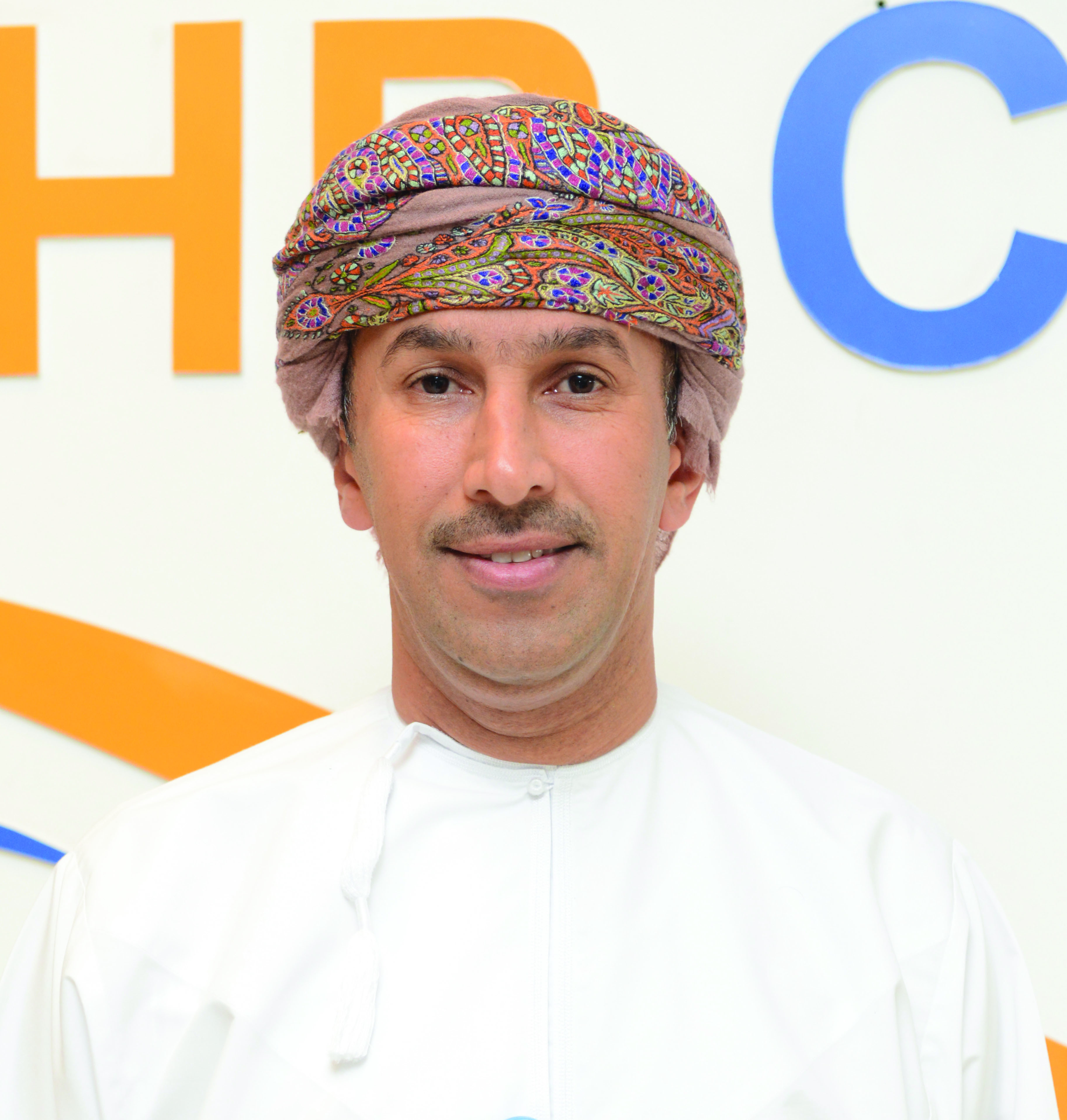Employees of today need to believe in the company’s vision and feel connected to it. They need to find some purpose in the work they do

The workplace of today constitutes an interesting mix of talent. Many companies today under a single roof have the more traditional Baby Boomers (1946 to 1964) and the Generation X (1965 to 1976), and the more unconventional and tech-savvy Millennials (1977 to 1995) and the Generation Z (1996 onwards). With different philosophies and ideologies shaping the mindset of each of these generations, the human resource teams at organisations today face a huge challenge of keeping employees motivated and engaged.
Gone are the days when employees would start their first job and retire at the same company. As millennials and Generation Z slowly take over the workforce, the dynamics of the workplace are also undergoing a sea change. With the Gig Economy and automation taking over, we are to some extent able to contemplate that the future of the workforce will look very different; it is thus imperative to prepare for this inevitable change.
The newer generations associate themselves more with the craft than the organisation itself. They are believers of work-life integration rather than work-life balance, which means they prefer flexible work hours that allow them to intersperse personal and professional commitments. Also, fun is no longer separated from work. Recognising this, many companies arrange for recreational or breakout areas to introduce the element of fun to the workplace and engage employees.
While these efforts are effective they aren’t enough by themselves. The key is in aligning the organisation’s core values to the new generation’s belief system. Employees of today need to believe in the company’s vision and feel connected to it. They need to find some purpose in the work they do. They don’t look for bosses or managers, but for coaches and mentors. In a sense, they also look for self-growth as they help the company grow.
Understanding the pulse
The first step is to understand the perception the company holds in the eyes of its employees. It is important to listen to their grouses and suggestions to even become aware of problems in the first place. To ensure this, Omantel conducts an Employee Engagement Survey to tap the pulse of the organisation and identify strengths, threats and opportunities. Once we have the results, we analyse them and narrow down to two or three focus areas. Lack of prioritising these focus areas leads to diluted efforts and thereby unsatisfactory results.
It is also important to set a timeline for the resolution of these actionable areas. It is easy for employees to lose faith in the company if they do not see any action on feedback or communication regarding it. At Omantel, employees across levels are involved in the feedback process, and are given an overview of the results. They are asked why they feel the way they do, and what they feel is the best approach to the focus areas. This inculcates a sense of involvement and also helps the management look at various situations in a new light. For instance, in Omantel’s 2015 Employee Engagement Survey it was found that employees were attaching increased importance to Omantel’s reputation. This revelation helped management work together with employees to improve the company’s performance and achieve superior financial results.
Once priorities are set and ideas are generated, it is imperative to give a form to those ideas. These ideas change to well-charted plans with clear timelines and periodic reviews on their progress. While surveys are a great way to understand the pulse of an organisation, truly great companies are those who are proactive with their engagement efforts.
Omantel’s values in line with those of employees
In our effort for transformation we have redefined our values and the result did not trickle down from the top but vice versa. We asked all our employees about their beliefs and suggestions and then derived our values. Though this is not a one-time exercise and shall be done from time to time, the down to top approach gives us the best chance to align the organisation with the employees.
Trainings for self-development
For employees to feel that they are also meeting their personal growth objectives, they must be given opportunities to expand their skillsets. We identified this opportunity and enquired with employees on their training needs. From training just 800 employees five years ago, over 3,600 employees had undergone training in various disciplines as of 2016. In that year alone, total training hours were over 99,600.
Extracurricular activities for all-round development
Organisations that are truly concerned with employee wellbeing focus on not just technical knowledge but also the soft skill development of its human capital. At Omantel we organise a range of extracurricular activities such as football, cricket and chess to foster the spirit of sportsmanship, teambuilding and healthy competition. Another advantage is that many of these sporting activities also promote a healthy lifestyle. Activities focused on performing arts are also organised to nurture and develop talent in the organsation.
Sense of ownership
Employees are found to be more motivated to deliver when they feel a sense of ownership and accountability towards the company. Further, when they engage in frequent dialogue with management it boosts their morale and drives them to perform better. The CEO roads shows, VP panel discussions and the Total Management Team sessions at Omantel where various levels of management discuss achievements, goals and other topics are testament to this effort.
Still, for all these efforts to actually work, employees need to first trust the HR function within an organisation as they are seen as the crucial link between the management and employees. In that regard, Omantel has made a conscious effort to change the way the HR function is perceived expanding from a service-driven function to a strategy-driven one. As part of its 3.0 strategy, which is devised by employees across levels, Omantel has set the wheels in motion to become a digital powerhouse and an employer of choice in the Sultanate.
Engaging a multi-generational workforce
To report this post you need to login first.






